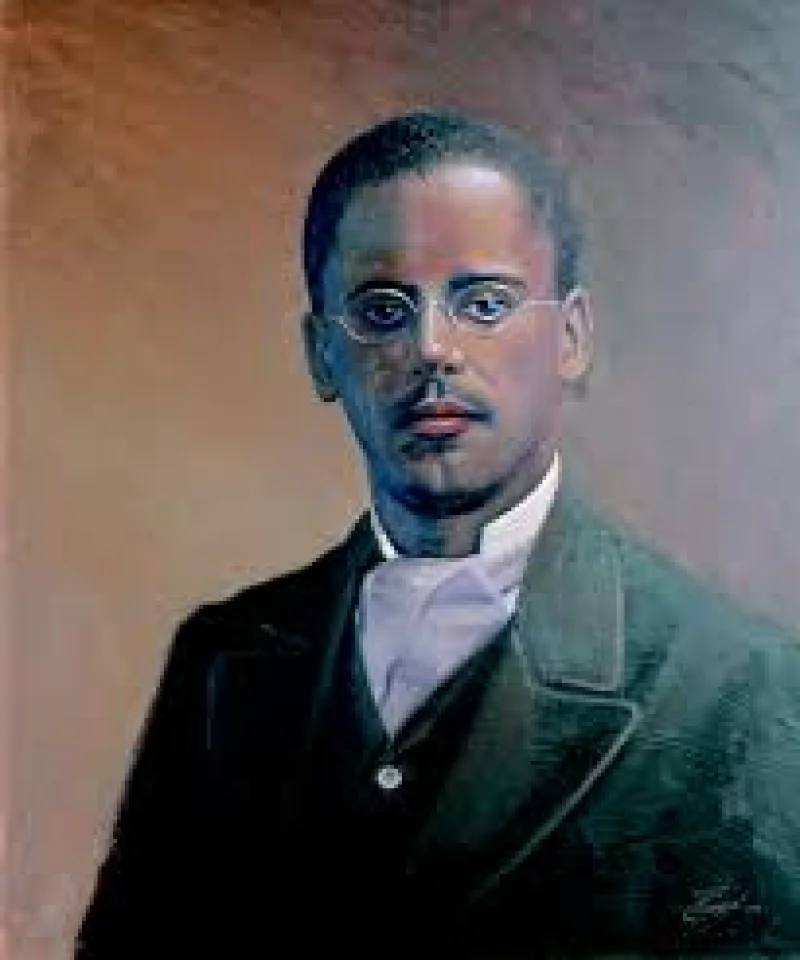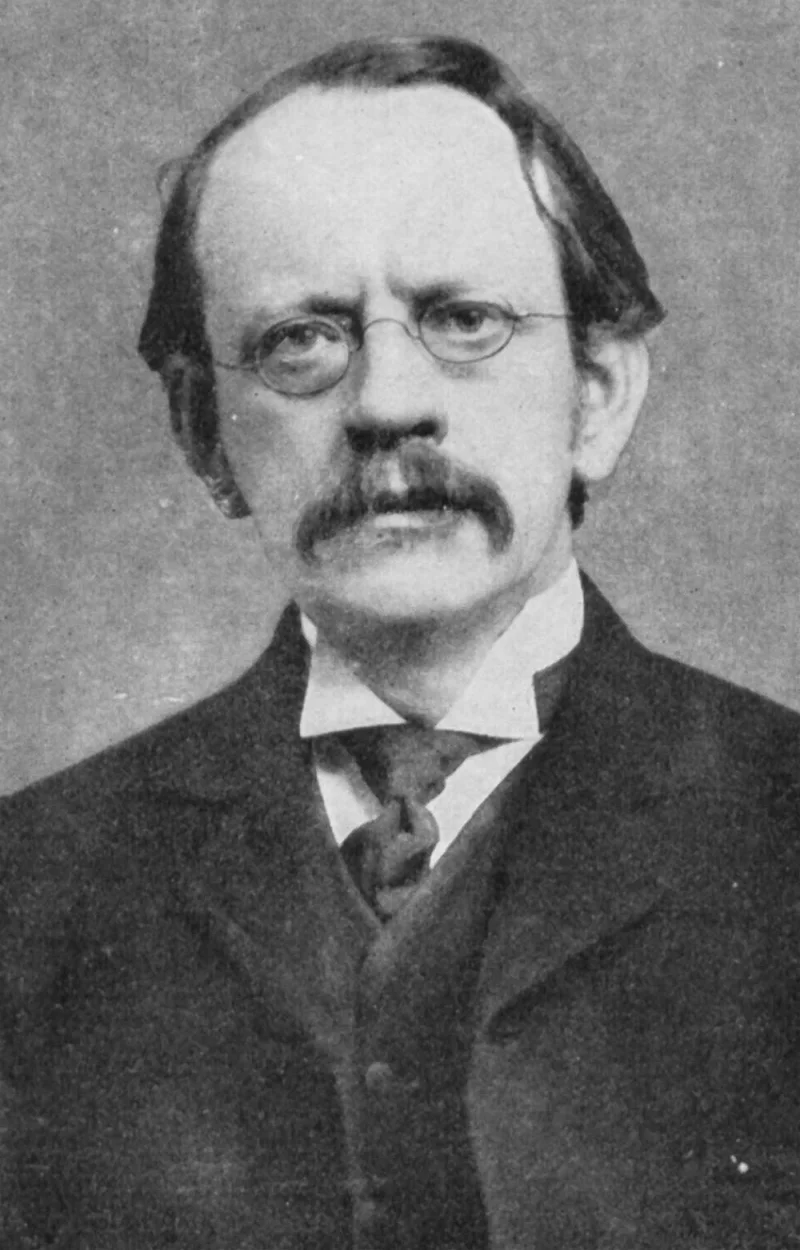Short Summary
Andreas Vesalius was a pioneering 16th-century anatomist whose work revolutionized the study of human anatomy. He is best known for his groundbreaking book "De humani corporis fabrica," which laid the foundation for modern anatomy. His meticulous dissections and observations challenged prevailing medical theories of the time. Vesalius is celebrated for transforming the field of anatomy from a speculative discipline into an empirical science.
Early Life & Education
Born on December 31, 1514, in Brussels, then part of the Habsburg Netherlands, Andreas Vesalius belonged to a family with a strong medical background. His father served as an apothecary to Emperor Charles V, which likely influenced his interest in medicine. Vesalius began his education in Leuven, where he developed a fascination for the sciences. He later studied at the University of Paris, where he was exposed to Galenic anatomy. In 1537, he received his medical degree from the University of Padua, an institution renowned for its progressive approach to scientific inquiry.
Career Highlights
Vesalius swiftly gained a reputation for his expertise in anatomy and was appointed as a professor at the University of Padua shortly after graduating. His lectures, which included live dissections, attracted large audiences and established him as a leading figure in the field. In 1543, he published "De humani corporis fabrica," a detailed anatomical text that challenged conventional wisdom. Vesalius later served as a physician to the imperial court of Charles V and continued his anatomical research, which had a profound influence on both the scientific community and medical practices of the time.
Major Achievements
- "De humani corporis fabrica" (1543): A groundbreaking anatomical text that revolutionized the understanding of human anatomy.
- Appointment as a professor at the University of Padua: Recognized for his expertise and innovative teaching methods.
- Physician to Emperor Charles V: Served in a prestigious role, influencing medical practices at the imperial court.
- Challenging Galenic theories: Vesalius' work debunked several inaccuracies in the prevailing anatomical theories of his time.
Famous Quotes
- "I am not accustomed to saying anything with certainty after only one or two observations."
- "The fabric of the human body is an exquisitely intricate machine."
Interesting Facts
- Vesalius' work led to the first accurate description of the human skeletal system.
- He was known for personally conducting dissections, which was unconventional for professors at the time.
- Vesalius' detailed anatomical illustrations were groundbreaking in their accuracy and detail.
- His book, "De humani corporis fabrica," was printed on a large folio to accommodate the intricate illustrations.
- Vesalius' work laid the foundation for future anatomists, including William Harvey, who discovered the circulation of blood.
Legacy / Influence
Vesalius' contributions to anatomy have left an indelible mark on the field, transforming it from a theoretical study into a rigorous empirical science. His rejection of Galenic dogma and emphasis on direct observation set new standards for scientific inquiry. The detailed anatomical illustrations in his works continue to be celebrated for their precision and artistry. His legacy endures as a cornerstone of modern medical education and practice.
FAQ
Q: Why is Andreas Vesalius famous?
A: He is renowned for his pioneering work in human anatomy and his influential book "De humani corporis fabrica."
Q: What was Vesalius' major contribution to medicine?
A: He transformed the study of anatomy into an empirical science based on direct observation and dissection.
Q: What did Vesalius challenge in his work?
A: He challenged the inaccuracies of Galenic anatomical theories that had dominated for centuries.












